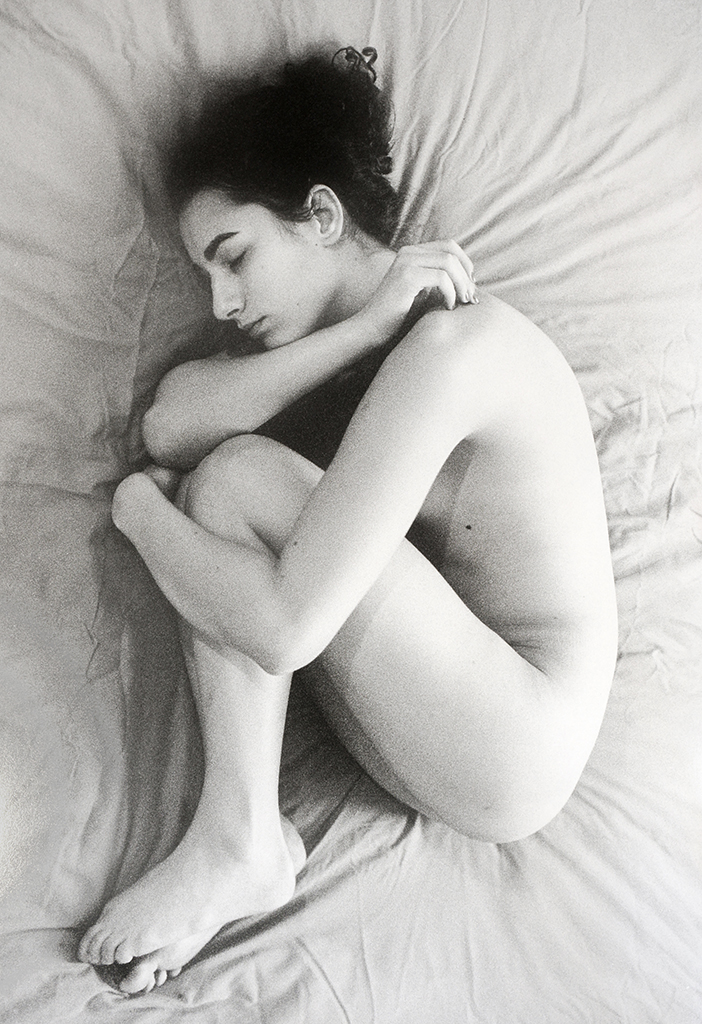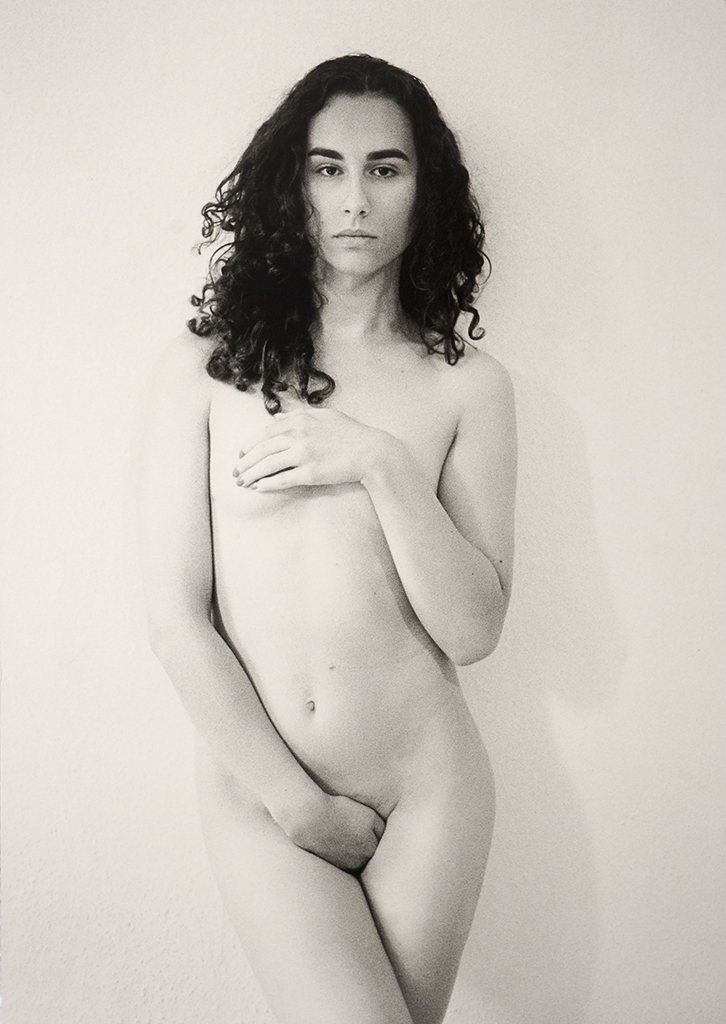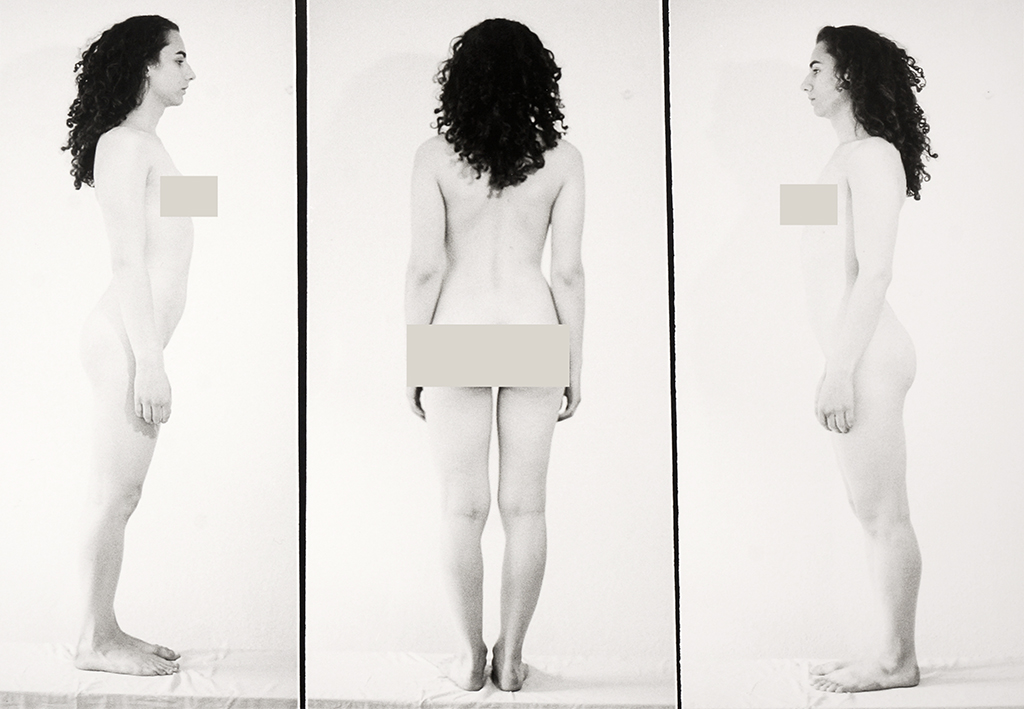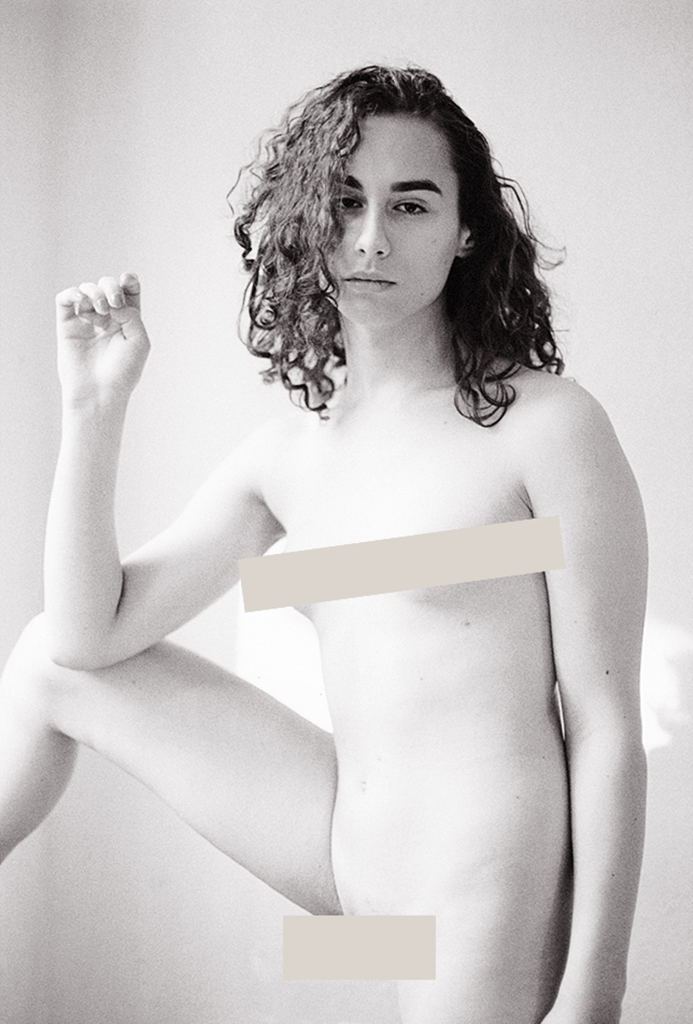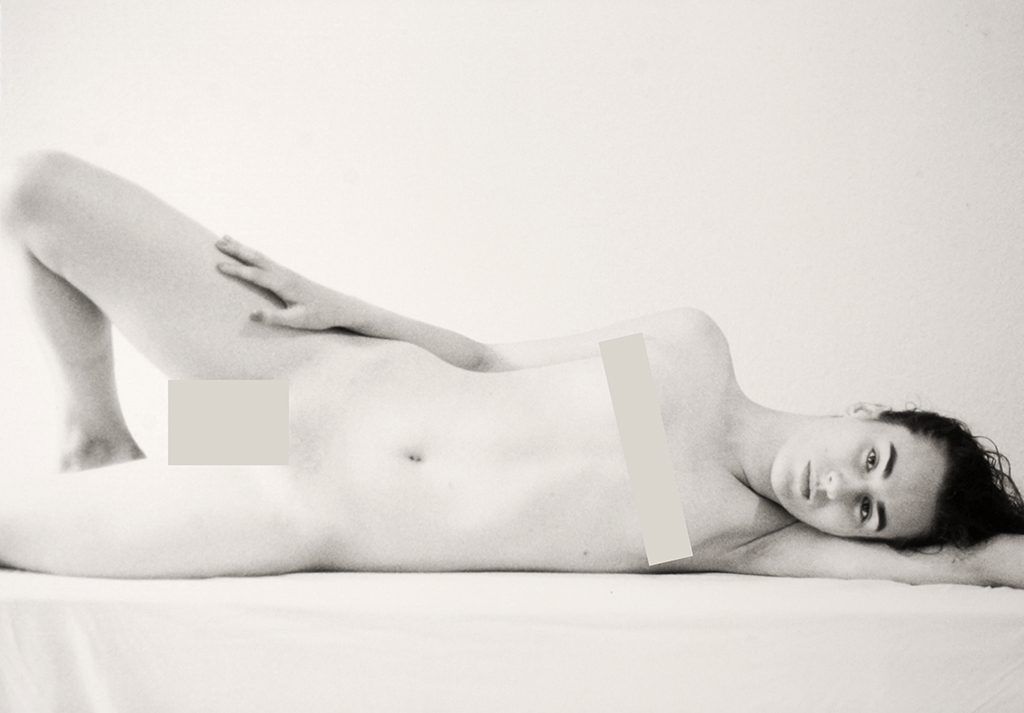Getting to know Adél
— Photographs with excerpts from Adél’s diary —
Adél is a girl.
Adél is a woman.
Adél is a transgender woman.
Adél is a human being.
Adél is Adél.
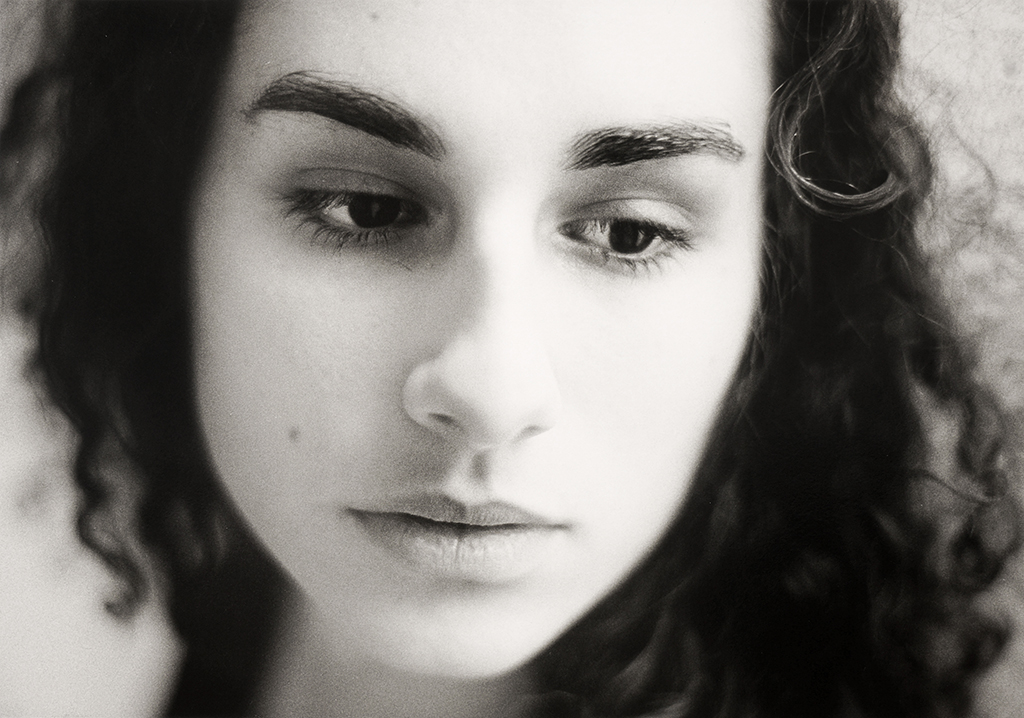
I first met Adél Ónodi in the Hungarian Cultural Centre in Berlin: there was this beautiful, really young girl standing alone in the doorway, surveying the crowd with a cutting glance. Over the course of the night she joined our group, and we really had fun, drinking, dancing, and taking part in the performance. I had had no idea she was transgender, but she told us immediately, which at first was strange for me, as I thought it was a very intimate thing to share right away. But now I understand that it was important for her to tell us at the very beginning. We all had lots of questions of course, and she was very open to answering all of them.
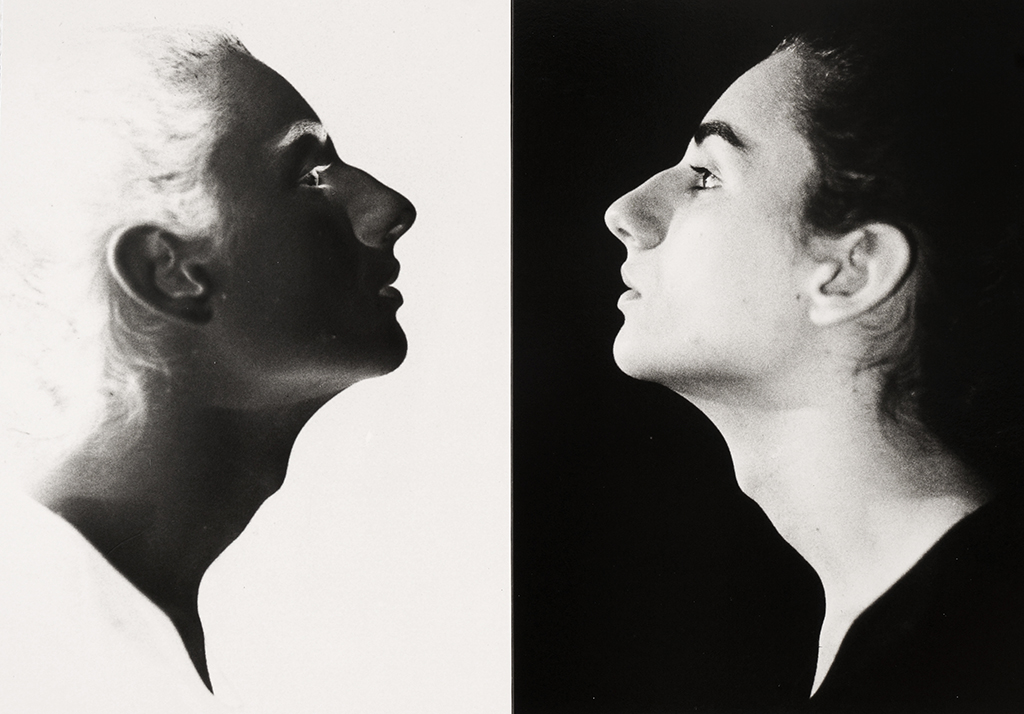
About a month later she proposed the idea of doing an artistic project about her transition: a theatre piece and a photo exhibition. She wanted to tell her story, for her own identity and her own self- justification, and she also wanted to stand up for other transgender people. She asked if I wanted to take the pictures. It was important for her that a woman photographs her with a woman’s gaze, without sexuality or superficiality, in an intimate set-up.
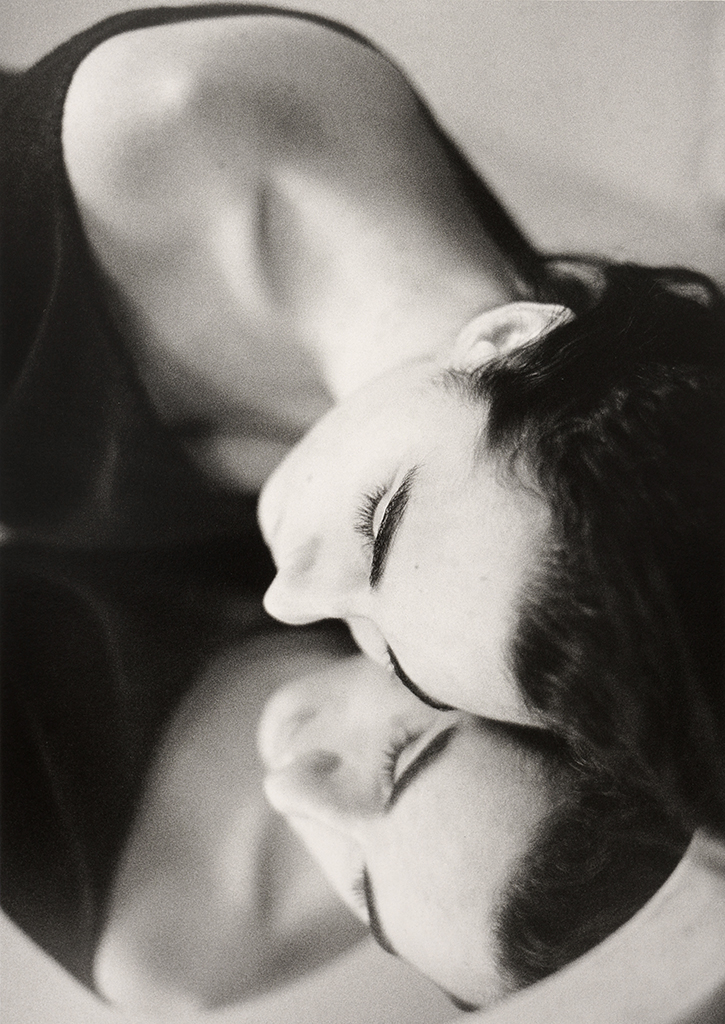
It was an intriguing idea; I mainly shoot abstracts and I had just begun taking portraits. I’d never shot nudes before. Producing an entire series about one person while avoiding the trap of repetition was also a challenge. So of course I said, “Yes.” I shot pictures of her over about a half-year period, inside my apartment and also outside in nature, in a forest or by a lake, and always with natural light, without any make-up and artificial light.
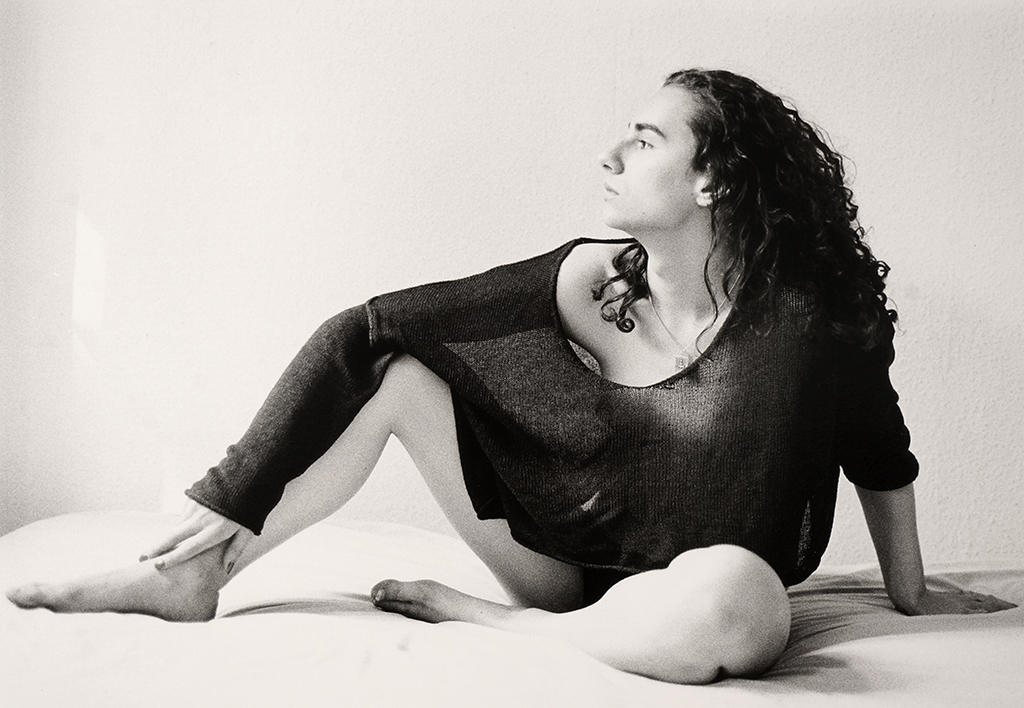
I photographed her after she recovered from her final operation, after her second (or real) birth, so I immediately saw that it was a special period; she was like a teenager, still learning to use her new body. She was proud of it, happy with it, but still getting used to wearing it.
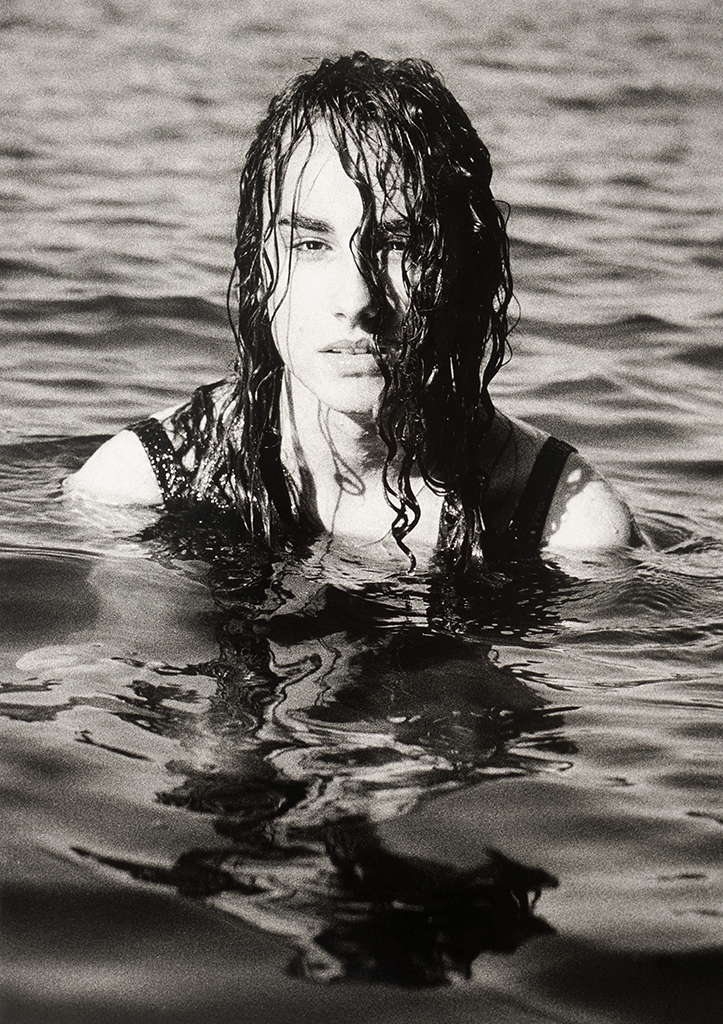
I didn’t really instruct her, which was sometimes annoying for her, but this is how I work, watching, waiting until I see something, a spark, an authentic moment; and then I take the picture.
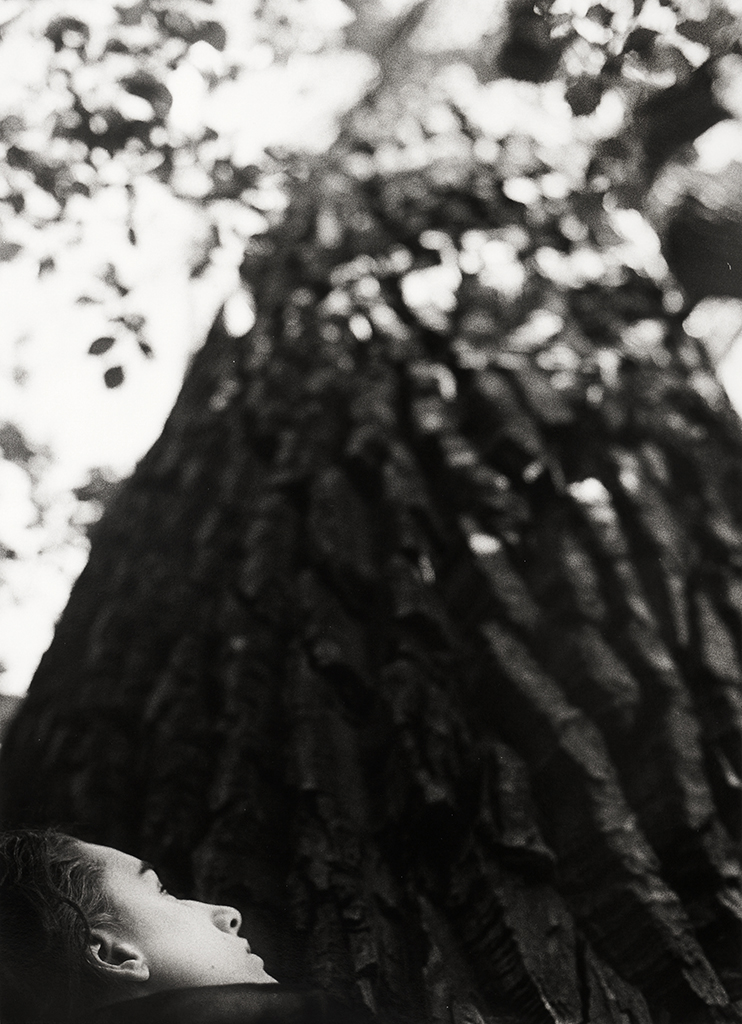
Every session lasted several hours. We also talked a lot, and I learnt a lot: about her and about being transgender, from the very literal, physical details to the difficult emotional journey she’s been on. She might have an Adam’s apple, but she knows more about female sexuality, the female body, and female identity than most cis women. She has to.
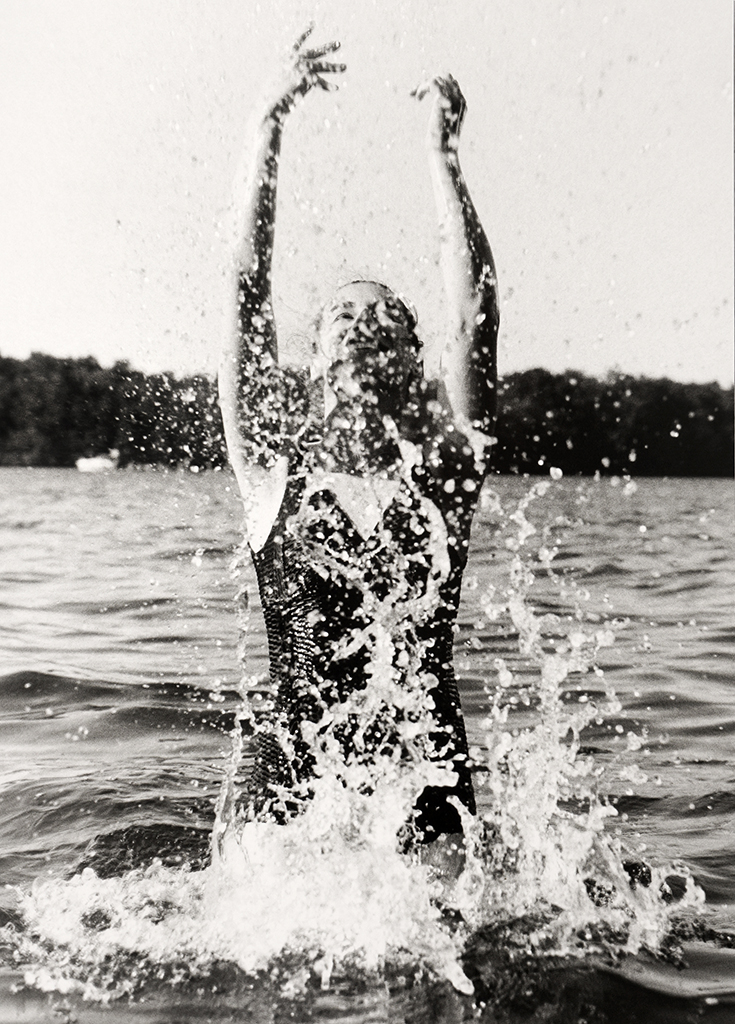
Adél was only 22 when I took the pictures, but by then she’d undergone more than many of us do in an entire life. She is an old soul in a young body. She comes from a small town in the Hungarian countryside, and even before entering school she knew she was a girl. She had no idea what transgender meant or if it even existed. She always points out she was not a boy turning into a girl, but she was always a girl who was born in the wrong body, and this physical mistake had to be corrected.
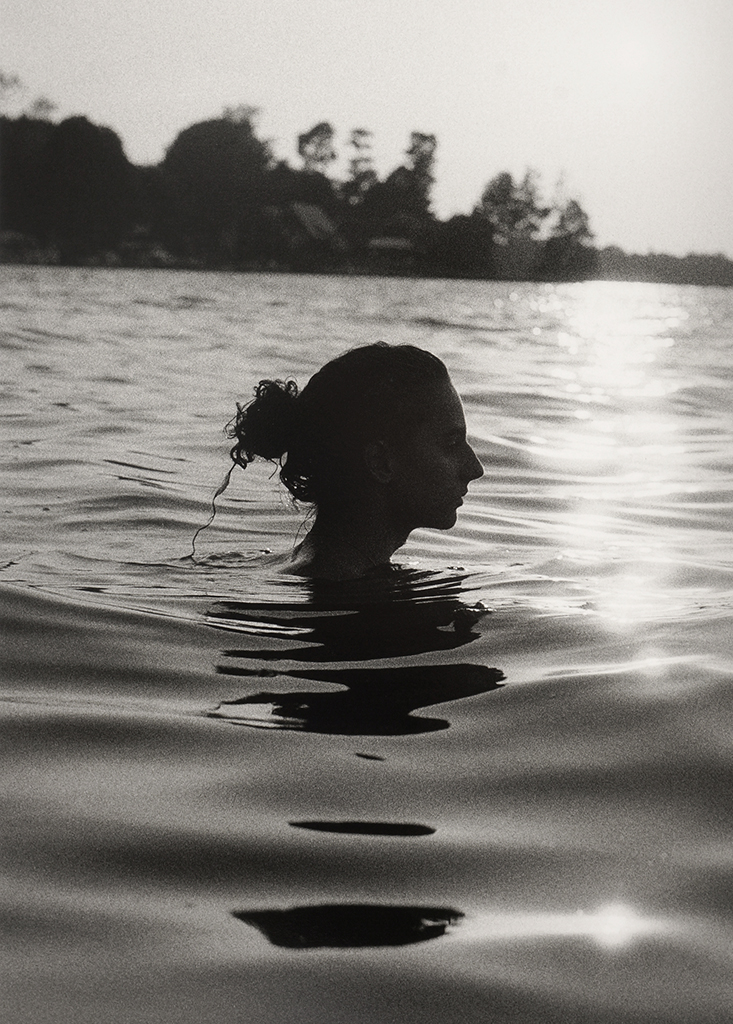
Throughout her childhood and teenage years of course she heard a whole range of descriptions: that she is a boy, she is gay boy, she is a monster, she is a weirdo. Eventually, however, after a long and painful time she came full circle and found her way back to her original idea that she is a girl, and she went through the physical transformation to finally match her body to her identity.
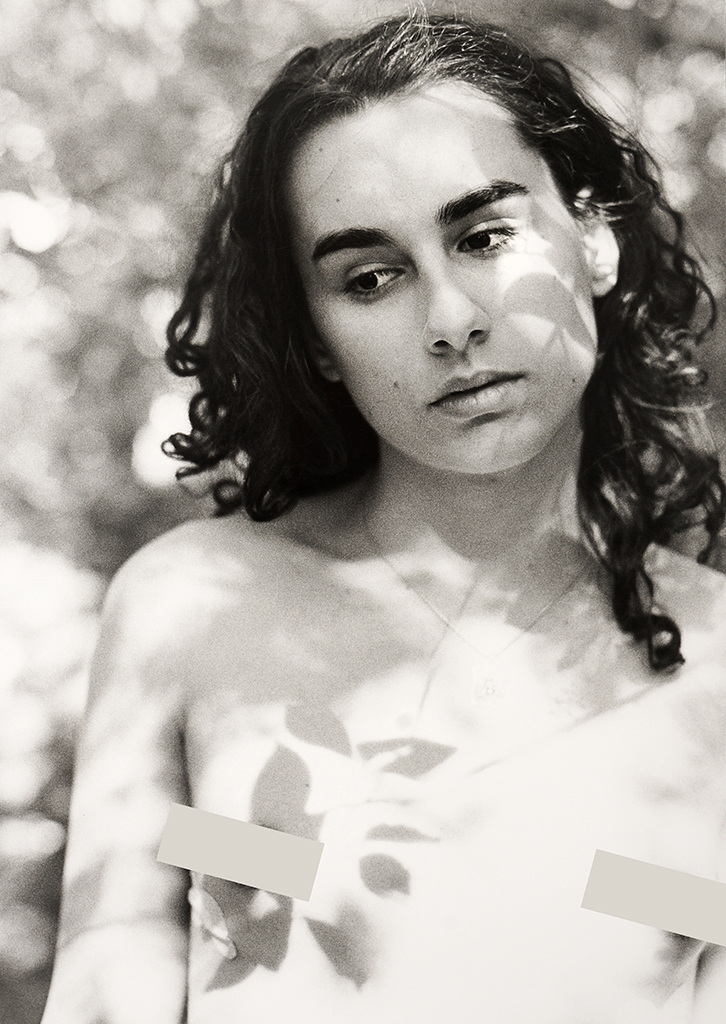
Every photograph stands on its own. It is not a raw documentary series, but single images lined up on rows of thin thread; the pictures hang like drying laundry, exposed to light. And the dirt, being washed out from the sheets, hang next to them in the form of text excerpts. The writing doesn’t have a continuous storyline, they are cut-outs, a collage ranging from general facts to the deeply personal: minute bits of her life, as if we were watching her through a prism and all the things that made her who she is today are again separated and shown one-by-one. In examining all these pieces one by one, we get the whole picture through the sometimes horrid details which contrast with Adél’s inner and outer beauty radiating through the pictures.
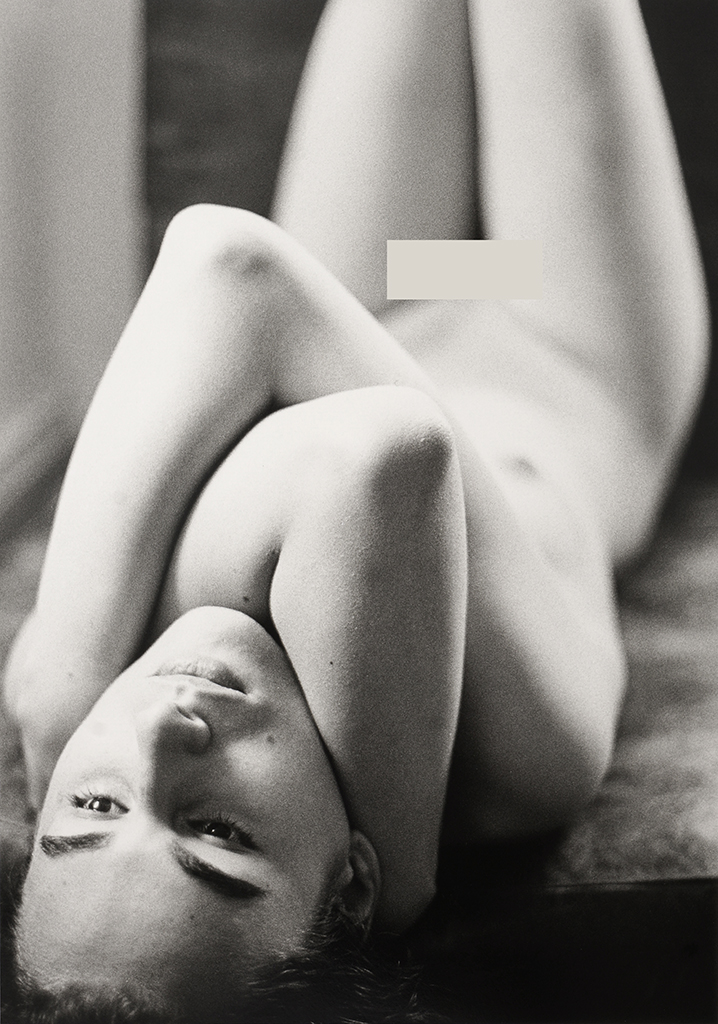
There she is, standing naked in front of us, gazing openly and honestly into the camera. A human being, a young girl, demanding the basic right of being. At the end of the day she just wants to be happy and accepted, like any of us. Is it too much to ask to let her be? Her struggle is hard to digest.
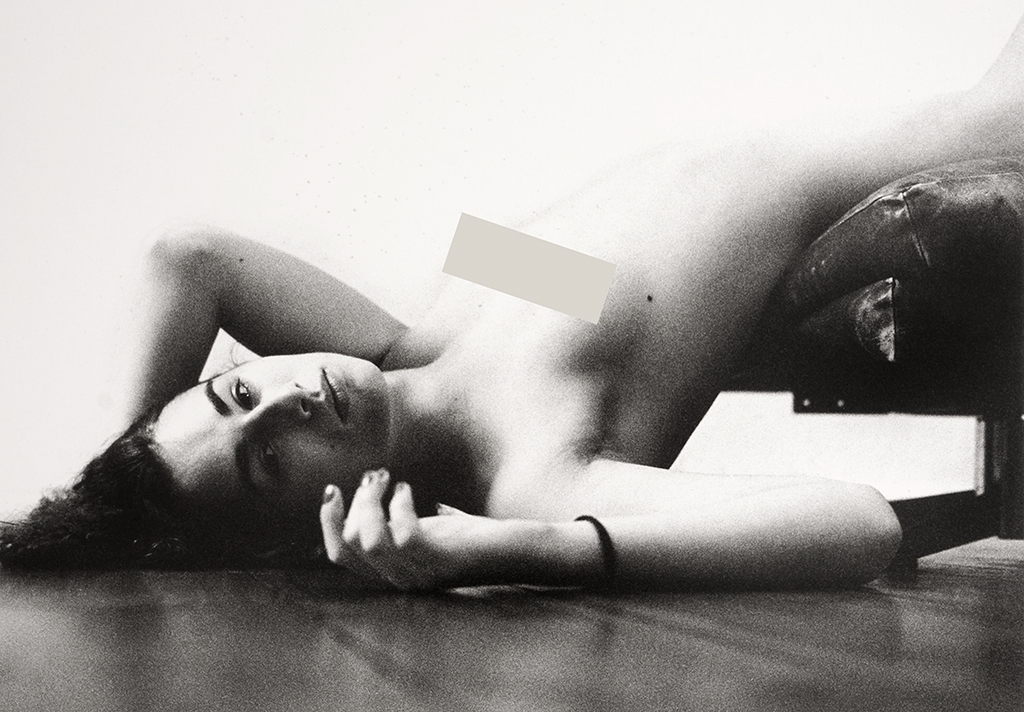
But then we must also reflect on the fact that she is still one of the lucky ones, as she is still young and pretty, receives help from her mother, and lives in Western Europe; her story is actually quite ‘vanilla’ compared to those of other transgender stories around the world, which is quite scary.
